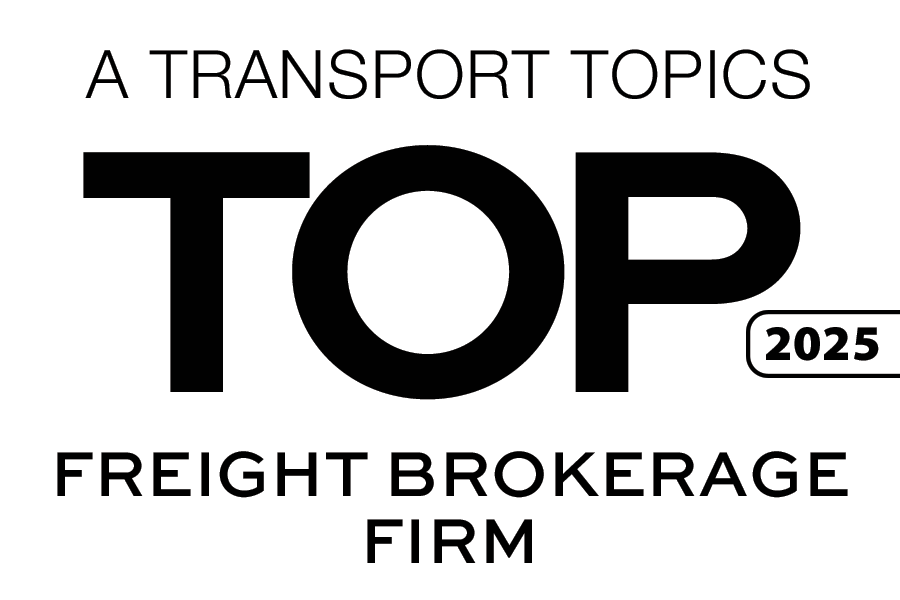Recession Signals in Supply Chain: What Transport Providers Need to Know
April 22, 2025
 Insolvency rates in the transportation sector have skyrocketed by nearly 90% over the past year, showing just how unstable things have become. Today, many companies are operating so close to the edge that even one missed payment or supply chain delay can spell disaster. For some, it’s no longer a matter of slow decline, but a sudden, catastrophic collapse.
Insolvency rates in the transportation sector have skyrocketed by nearly 90% over the past year, showing just how unstable things have become. Today, many companies are operating so close to the edge that even one missed payment or supply chain delay can spell disaster. For some, it’s no longer a matter of slow decline, but a sudden, catastrophic collapse.
Claims activity, especially in retail and construction, continues to spike as these sectors feel the squeeze of uncertain economic conditions. While the full effects of current trade policies have yet to fully materialize, early indicators suggest that retail may be one of the hardest-hit sectors in the coming months. This is especially concerning for logistics providers with high exposure to consumer goods and construction materials.
Despite the uncertainty, one thing is becoming clearer: a recession seems likely. Economic indicators, such as expected negative GDP growth in the first quarter due to massive import activity ahead of tariff hikes, are flashing warning signs. Import volumes surged as companies rushed to beat the tariffs, but that activity was temporary. Consumer sentiment is also shifting. People are becoming cautious, delaying purchases and reevaluating spending on big-ticket items, such as postponing home improvement projects or skipping that next smartphone upgrade.
Is the threat of recession affecting your business? Stay ahead of the turmoil with the latest episode of the Stay In Your Lane Podcast.
“We do expect a recession that will last three quarters,” says Dan North, Senior Economist at Allianz Trade North America. “We can say with a fair amount of confidence that the first quarter of this year is going to have negative GDP growth.”
The dangers of a significant consumer pullback cannot be overstated. Since consumer spending makes up roughly 70% of the U.S. economy, a sustained slowdown could have cascading effects. Though some experts believe that a full-blown depression remains unlikely thanks to modern economic tools and policy frameworks, the conditions that historically trigger such downturns—reduced spending and restrictive trade measures—are now present.
 There’s also the unpredictable nature of policy decisions at the federal level. Tariff announcements and reversals have created confusion in the market, and uncertainty surrounding future trade relationships—especially with China—remains a major destabilizing factor. With leaders on both sides unlikely to back down, tensions could linger well into the future.
There’s also the unpredictable nature of policy decisions at the federal level. Tariff announcements and reversals have created confusion in the market, and uncertainty surrounding future trade relationships—especially with China—remains a major destabilizing factor. With leaders on both sides unlikely to back down, tensions could linger well into the future.
“My guess is that a lot of deals will be worked out with most countries and this tariff situation will ease up a bit,” says North. “But China is the big problem.”
What does this mean for the transportation and logistics industry? Strategic caution is key. When possible, providers should prepare for continued volatility by diversifying their customer base, managing risk exposure in vulnerable sectors like retail and construction, and monitoring shifts in consumer behavior closely. Building resilience now could be the difference between weathering the storm and folding under pressure.
At Triple T Transport, we understand that strategic partnerships are the key to navigating economic turbulence. Our team brings decades of industry experience, real-time market insight, and tailored 3PL solutions to help shippers and carriers alike stay agile in the face of uncertainty. Reach out to learn how we can help you weather the storm and come out stronger on the other side.














